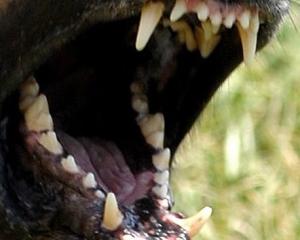
Clownfish reproduction on the Great Barrier Reef is threatened by artificial light, often coming from floating accommodation above coral reefs, researchers say.
The animated tale of a clownfish lost at sea in Finding Nemo could have a dark downside as artificial light in coral reefs leaves the famous fish unable to reproduce.
Increasing amounts of artificial light at night (ALAN) in coral reefs, even at relatively low levels, masks natural cues which trigger clownfish eggs to hatch after dusk, a study published in Biology Letters has found.
"The overwhelming finding is that artificial light pollution can have a devastating effect on the reproductive success of coral reef fish," says lead author Dr Emily Fobert from Flinders University on Wednesday.
Test eggs that were incubated in the presence of artificial light had a zero success rate of hatching, and no offspring survived.
"When ALAN is present, no eggs hatched but when the light was removed during the recovery period, eggs from the ALAN exposure hatched like normal, so the presence of light is clearly interfering with an environmental cue that initiates hatching in clownfish."
Fish which settle close to the shoreline are particularly at risk from the increased use of LED lights which penetrate into seawater.
Popular tourist drawcards such as floating accommodation above coral reefs and overwater bungalows shining light directly on the reefs to spot fish at night also affect reproduction of many types of fish.
"These findings likely extend to other reef fish as many share similar reproductive behaviours, including the timing of hatching during early evening," says Dr Fobert.












